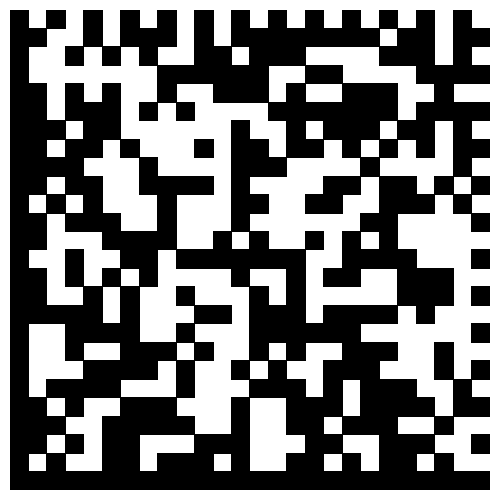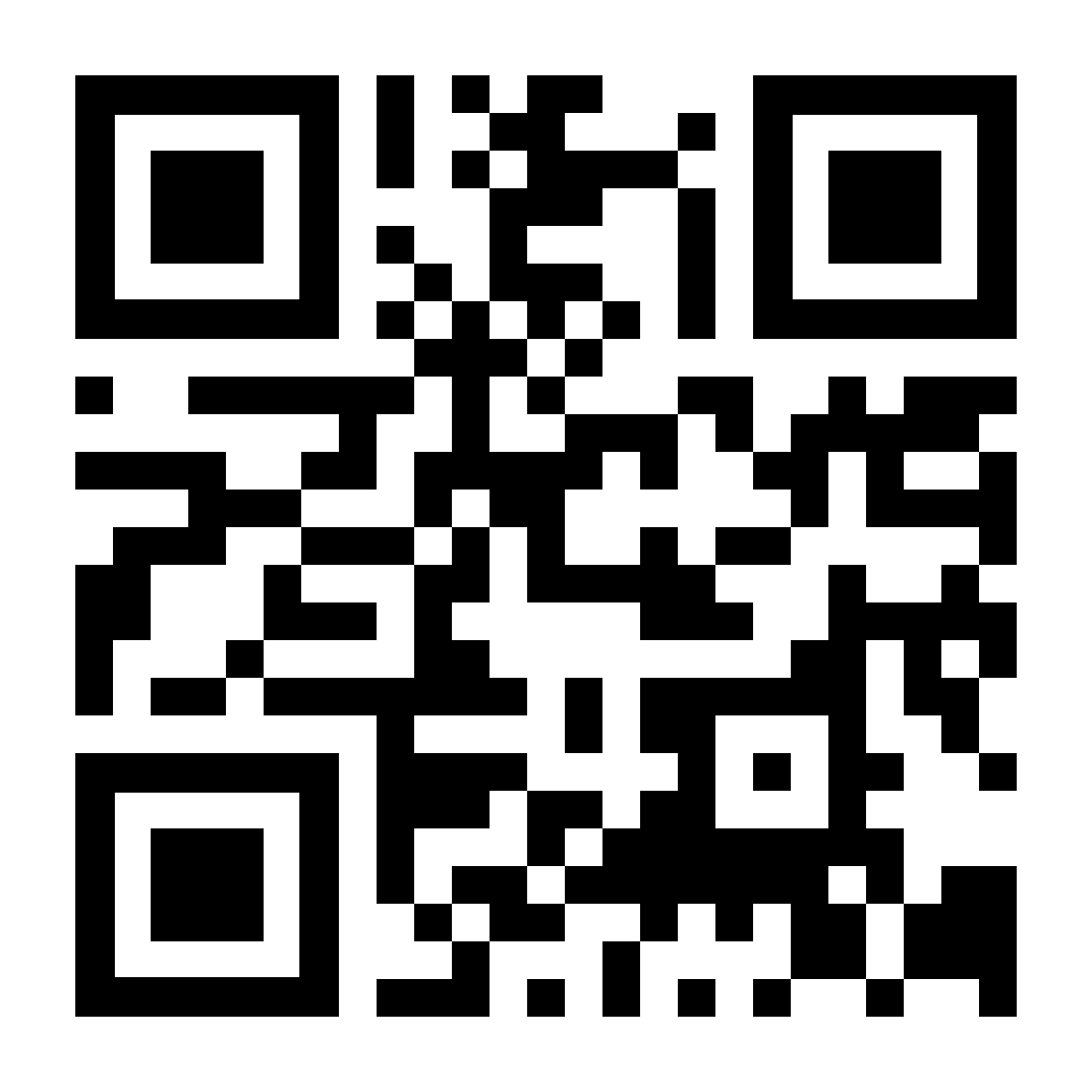2D barcodes are two-dimensional barcodes that are embedded with data. They look like squares or rectangles made up of lots of small dots.
A single 2D barcode can hold a significant amount of information in a small space. This information is revealed to the retailer, supplier or customer when the code is scanned by 2D imaging scanners or vision systems.
Information may include:
There are two main types of 2D barcode:
GS1 DataMatrix is the most common 2D barcode format. Woolworths is currently using GS1 DataMatrix for its 2D barcodes.
GS1 Datamatrix 2D barcodes are compact symbols made up of square modules. They are popular for marking small items such as fresh produce.

QR codes are primarily used for connecting to URL sites and are currently not used for point-of-sale. They are often used for consumer-facing packaging, because they can be read by smartphone cameras.
Using GS1 Digital Link, QR codes can work as multi-use barcodes that allow both consumer engagement and price lookup, eliminating the need for multiple codes taking up valuable packaging space.

2D barcodes can be used in a wide range of industries, from retail and fresh foods, including meat, poultry, seafood, deli, dairy and bakery, through to manufacturing, warehousing and logistics.